Mega Archive CD: Part IV: From Sewer Shark to Tenbu
By Mento 2 Comments
The Mega Archive has gone into indefinite hiatus, but we still have one more update for its CD side-hustle before we can put the year of 1992 behind us. The Sega CD had only just debuted in North America so we're still in launch window territory for the time being, with a handful more games that hit the shelves around the same time as the console itself. That includes one more FMV game from Digital Pictures - perhaps their next most famous after Night Trap - and a few noteworthy Amiga/MS-DOS visitors with CD-enhanced ports ready to go. The second half of this entry covers the rest of the December '92 Mega CD (that's the Japanese one) line-up, which includes some arcade and computer conversions and another one of those intense anime FMV LaserDisc QTE games; one that Giant Bomb exhibited fairly recently even. We just have the eight games overall in this final entry, so I may have rambled on more than usual for each item.
I'll sign off at the end in more detail, but this is the conclusion of the Mega Archive feature in its current form and I'm happy to have embarked on this journey with everyone who has followed along so far. In case you're new to the Mega Archive, however, here's a quick refresher of where we've been:
- Mega Archive CD: Part I & Part II & Part III
- Mega Archive: Part XXVII: From Puyo Puyo to T2: The Arcade Game (latest)
Part IV: CD30-CD37 (December '92)
CD30: Sewer Shark
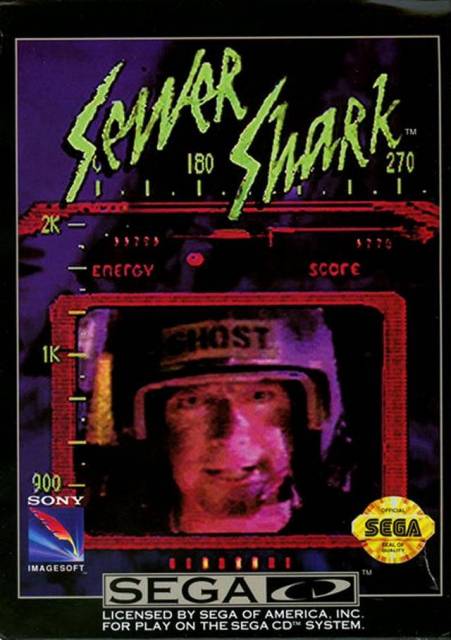
- Developer: Digital Pictures
- Publisher: Sony Imagesoft
- JP Release: N/A
- NA Release: December 1992
- EU Release: June 1993
- Franchise: N/A
- Genre: FMV
- Theme: Doing Charlie Work in the Post-Apocalypse
- Premise: The world has become an enormous sewer, as we all expected it would, and it's up to a group of verbally abusive "sewer sharks" to clear out or avoid all the mutant beasts that have taken up residence while they make their deliveries.
- Availability: It has yet to join Night Trap with a lavish remastered update, but maybe by the end of next year? It'll be its twentieth anniversary by then (though its footage was originally filmed in 1987...).
- Preservation: The most famous poopchute-shooter that ever was and, God willing, ever will be. Sewer Shark's another like Night Trap that doesn't really need an introduction if you've been on this site long enough: it's a chief port of call for any Sega CD retrospective looking to recreate the atmosphere of runaway hype around its launch window, and GB's had several of those (most recently this UPF from last December). This was another one where I couldn't be sure about a release date: GameFAQs and Wikipedia insist it was October 15th, the Sega CD's initial launch date before it was surreptitiously bumped back to November to expand its launch library a little, but they may have been confused by how Sewer Shark was a Sega CD system pack-in. It was, but only for the second model, which debuted around mid-1993. SegaRetro, which evidently does more than a little research into these things, plucked their release month from the preview section of an issue of GamePro and I'm more inclined to believe that. Being released just around the holidays would also explain its high sales figures: I imagine a big, flashy, in your face FMV novelty was a big draw for kids impulsively looking for items to stick on their lists to Santa, especially with the amount of savvy promotion Sega of America pumped into it and the Sega CD. As for the game itself, I played it a few minutes and came to the conclusion that its premise is very apropos, since it definitely belongs in the sewer (I do appreciate its The Running Man-lite story though, and the actors' performances are precisely as over the top as they need to be).
CD31: The Secret of Monkey Island
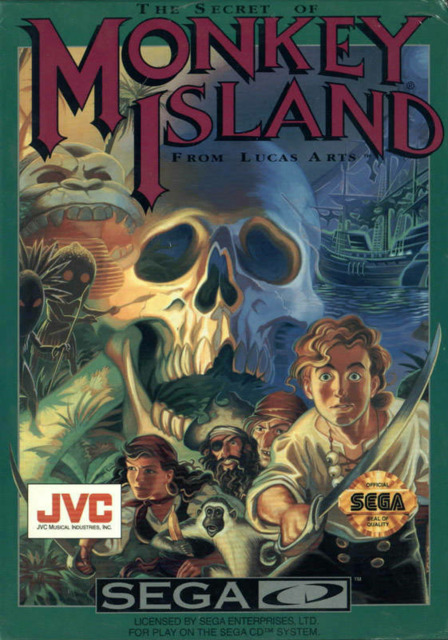
- Developer: LucasArts
- Publisher: JVC Musical Industries (NA) / Victor Entertainment (JP)
- JP Release: 1993-09-23 (as Monkey Island: Yuurei Kaizoku Daisoudou!)
- NA Release: December 1992
- EU Release: N/A
- Franchise: Monkey Island
- Genre: Adventure
- Theme: Fighting Like a Dairy Farmer
- Premise: Guybrush Threepwood isn't a mighty pirate yet but he's learning, and thanks to a collection of unusual talents he may just survive his first encounter with the evil corsair LeChuck.
- Availability: A "Special Edition" remake was released in 2009 and is still available on Steam, GOG, iOS, Android, PS3, and Xbox 360. If your heart's set on the Sega CD version though, Limited Run Games just put out a reissue last year.
- Preservation: We've seen a couple of decent adventure games from Dynamix on the Mega Archive CD so far, but here's where the Sega CD starts to roll out the A+ material. LucasArts's The Secret of Monkey Island, the brainchild of Ron Gilbert (with design assistance from David Grossman and Tim Schafer), was the first in a new wave of "accessible" adventure games that broke from the existing punitive Sierra model and did away with reload-necessitating fail states and other inconveniences, allowing players of all skill levels to enjoy the story and puzzles. Given an incorrigibly silly sense of humor brought over from Gilbert's earlier Maniac Mansion and built in the same "wall o' verbs" SCUMM engine, The Secret of Monkey Island is an utter delight from beginning to end, barring except the part where you have to follow an old man through a maze too many times. The Sega CD version is based on the 1991 PC CD-ROM remaster with its improved graphics and CD audio, though by the system's nature it had to decrease the number of on-screen colors, boost the load times, and switch the saving with a wholly inadequate password system overall making it something of a lesser experience. You could still do a lot worse. I love the Japanese localization's subtitle, which roughly translates as "Big Ghost Pirate Fuss." It certainly is one of those.
CD32: Wolfchild

- Developer: Core Design
- Publisher: JVC Musical Industries (NA) / Sega (EU) / Victor Entertainment (JP)
- JP Release: 1993-03-19
- NA Release: December 1992
- NA Release (Genesis): March 1993
- EU Release: May 1993
- Franchise: N/A
- Genre: Platformer
- Theme: Somehow Not Affiliated With Wolfmother
- Premise: Local man willingly turns himself into a werewolf to defeat the criminals that killed his family, sort of like the Paw-nisher.
- Availability: No rereleases so far. Core Design's IPs (besides Tomb Raider) were bought by Rebellion a few years back, so it's up to them if they feel like tossing some "Amiga Classics" into a compilation (they also just bought the Bitmap Brothers' library too, so this seems likelier than ever).
- Preservation: If there's one thing the Genesis was never lacking for besides shoot 'em ups, it was grimdark action games where the gritty presentation tail was often wagging the uninspired shooter/platformer dog. These particular games and the culture that inspired them (early '90s comic books and the more violent anime OVAs handpicked for localizations) just radiated this awkward teenager angst that's a little embarrassing to look back on now, but must've been the dog's bollocks at the time. Speaking of testes, this game goes balls out with the presentation with a lavish animated intro setting up who or what the Wolfchild is but the actual gameplay - inspired mostly by Altered Beast from what I can tell, with a dash of Strider - can be a bit lacking and repetitive, which was corroborated by many of its contemporary reviews. You can definitely tell it originated on the Amiga: the use of gray everywhere and those gradient fill skies are always a big giveaway.
CD33: After Burner III

- Developer: CRI
- Publisher: Sega (NA/EU) / CRI (JP)
- JP Release: 1992-12-18
- NA Release: March 1993
- EU Release: 1993
- Franchise: After Burner
- Genre: Shoot 'em Up
- Theme: Filling the Skies With Burnin' Love
- Premise: After Burner returns, sort of, with this special Sega CD entry in Sega's arcade jet fighter franchise.
- Availability: Unlike the first After Burner, Sega hasn't touched this game since the Sega CD.
- Preservation: After Burner's kind of a weird franchise. The original is rightly regarded as one of the greatest arcade games to come out of Sega's '80s golden age for the sheer sense of speed it conveyed to its players, achieved with the inchoate super-scaler tech and high framerates. After that, you have After Burner II which was mostly a reissue with a few extra features that could bring some heat to the Mega Drive launch library (MA II), and now you have After Burner III which is a reskin of a different arcade jet fighter game called Strike Fighter, the 1991 sequel to G-LOC: Air Battle. The big difference between AB3 and Strike Fighter was that the latter stuck to a cockpit view, while AB3 allowed you to switch to the traditional AB third-person perspective that closely followed the player's jet even while it was pulling off barrel rolls and high-G turns (and the transition between the two modes is pretty cool). Strike Fighter was all Sega, but CRI adapted it for the FM Towns - part of the sister company's prerogative was to deliver Sega's newest arcade games to high-end computer systems that could support the tech behind them - and that was the basis of the Sega CD port as well.
CD34: Gambler Jiko Chuushinha 2: Gekitou! Tokyo Mahjong Land Hen

- Developer: Yellow Horn
- Publisher: Game Arts
- JP Release: 1992-12-18
- NA Release: N/A
- EU Release: N/A
- Franchise: Gambler Jiko Chuushinha
- Genre: Mahjong
- Theme: If You Can See Shady Guys in Smoky Mahjong Parlors Then You've Come to the Ron Part of Town
- Premise: Everyone's favorite comedic dirtbag mahjong hustler manga comes to Sega platforms again, only now it's more "CD" than "seedy".
- Availability: I know Ben and Jan brought the sexy back to mahjong, but a licensed game based on some ancient manga is unlikely to pull a comeback.
- Preservation: Oh hey, it's these guys again. It's been a while since we covered Gambler Jiko Chuushinha: Katayama Masayuki no Mahjong Dojo (MA VI) but I did mention at the time that we'd encounter its Mega CD sequel eventually. It's really just more mahjong, and despite the goofy tone set by the character designs there's a certain degree of pragmatism with the game design: instead of trying to squeeze everyone around a mahjong table with everyone's hands running across the four borders of the screen, the game instead depicts each hand one atop the other. It does make it easier to follow what declared melds everyone has and who discarded what, and the dead wall sits happily at the top along with the round's stats, but it's not exactly flashy. Still, you do what you can with the limited resolution of older systems. The Gambler Jiko games are marginally more fun to play than their peers because of those crazy character designs, but unless you know enough about mahjong to play it without needing English tutorials or tile descriptions it's not something you're likely to enjoy much. (Incidentally, that word salad title translates as "Self-Centered Gambler School 2: Fierce Battle! Tokyo Mahjong Land Edition." Not sure what's so fierce about a mahjong game at a theme park, but I guess you sell more copies by injecting some excitement.)
CD35: Road Avenger / Road Blaster FX
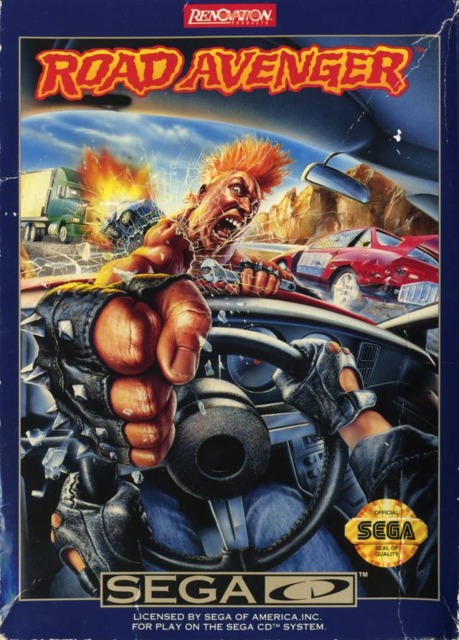
- Developer: Wolf Team
- Publisher: Renovation Products (NA) / Sega (EU) / Wolf Team (JP)
- JP Release: 1992-12-18 (as Road Blaster FX)
- NA Release: March 1993 (as Road Avenger)
- EU Release: April 1993 (as Road Avenger)
- Franchise: N/A
- Genre: FMV
- Theme: The Quick (Time Event) and the Querulous
- Premise: A gang of hoodlums trashed your car and killed your wife, and you're very upset. Like, "modifying an armored muscle car for a brutal campaign of revenge" upset.
- Availability: There was a recent iOS port. Play it while you're driving for extra verisimilitude.
- Preservation: Wolf Team's back with another anime FMV game rescued from the arcades of the mid-80s, put through a process where Wolf Team had to re-draw all the frames from what was previously VHS footage to work with the limitations of the console, and then given some new theme music courtesy of Japanese rock band The Jaywalk (apt!). Wolf Team went through a similar amount of trouble previously with the Sega CD ports of Time Gal (MACD III) and Cobra Command (MACD II). It's also another game in the Mega LD series, a Sega-affiliated branch of the Pioneer LaserActive LaserDisc console/player, and while I have no idea what that emulation scene looks like I am getting more curious about it as we keep seeing these anime FMV LD adaptations. Road Avenger (previously Road Blaster, but was renamed for its NA/EU releases presumably because of Atari's RoadBlasters) is a little more intense than the others, since you're directing a high-speed chase in real-time; that means many more button prompts in a shorter span of time as you swerve to avoid god knows what in your quest to take down an entire Mad Max movie trilogy's worth of vehicular villains.
CD36: Capcom no Quiz Tonosama no Yabou
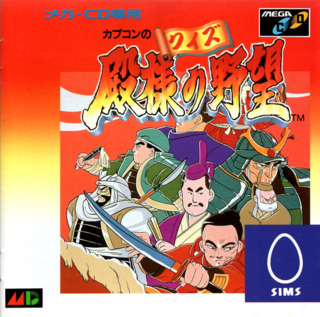
- Developer: SIMS
- Publisher: SIMS
- JP Release: 1992-12-25
- NA Release: N/A
- EU Release: N/A
- Franchise: Quiz Tonosama no Yabou
- Genre: Trivia
- Theme: Welcome to the Family Feudal Lords With Your Host, Richard Dawsengoku
- Premise: Though the quiz is set in the 16th century, the questions are all contemporary. That said, they're all based on Japanese culture of the '80s and early '90s so you're still not going to know any of them.
- Availability: Naaah, topical trivia doesn't age well. If you wanted to see it in action though, there's a (translated!) GameCenter CX episode based on the PC Engine CD version.
- Preservation: Trivia machines are one of the few areas where Japanese arcades and UK bars overlap and Capcom got in on the fun with a couple of Sengoku-themed quizzers (the "no Yabou" part being a not-so-subtle nod to Koei's Nobunaga no Yabou games) in the early '90s to accompany their Capcom World trivia series, using the war-torn period as a framing device for the player's success: more correct answers meant more territory conquered. Capcom licensed the rights to SIMS for this Mega CD port and did the same thing for Hudson with the PC Engine CD, though oddly only the Sega version included the extra "Capcom's" clarification in its title (possibly because Capcom didn't develop it? Second-party studio SIMS has a "reprogrammed by" credit on the title screen). To give you some idea about how accessible a game like this would be to any of us now: in that GCCX episode mentioned above, filmed in 2005, a team of staff members comprised entirely of Japanese natives struggled to answer most of its questions.
CD37: Tenbu Mega CD Special
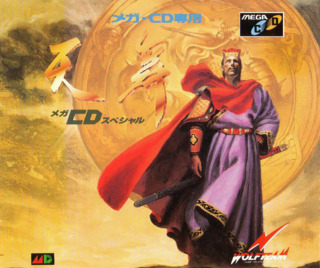
- Developer: Wolf Team
- Publisher: Wolf Team
- JP Release: 1992-12-25
- NA Release: N/A
- EU Release: N/A
- Franchise: Tenbu
- Genre: Strategy Simulation
- Theme: We Had a Sengoku Game So Now We Need a Three Kingdoms Game, Those Are the Rules
- Premise: Romance your way across the Three Kingdoms in this wargaming sim, and by romance I mean hit people with swords.
- Availability: Tenbu came out on other systems but nothing more recent than 1993.
- Preservation: We have one more game from Wolf Team to finish off the year, and this time it's one of their originals. Well, sorta. Wolf Team had a few Sengoku sims like the Zan series back in the day and they must've figured, like Koei, that the Three Kingdoms conflict of Ancient China was fundamentally similar enough to be compatible with the same game format. Thus, Tenbu: Sangokushi Seishi for the PC98 was born. I've encountered Tenbu before - a port or remake was released on the Super Famicom in 1993 - but it was a little too dense to glean much about how differently it might play compared to its many peers. I think Japan treats these historical re-enactments with a certain amount of reverence and gravitas (excepting perhaps the frequently thirsty liberties taken by the Dynasty Warriors games), which makes these strategy sims a little too serious and clinical (read: boring) for my preferences. I'll be the first to admit that I might not have a sufficiently cultured palate to appreciate the intricacies of proper grain storage. As for what makes this Mega CD port a "Special" version, as far as I can tell it involves adding two scenarios to the original game's line-up and introduces the game and each scenario with live-action FMV clips from a 1985 Chinese TV series called Zhuge Liang, which retold the Romance of the Three Kingdoms novel from the perspective of the titular Shu strategist.
That's it for the 1992 Mega Archive! Thanks to everyone who commented on any one of the many blogs produced in this series running down the Sega Genesis/Mega Drive and Sega/Mega CD, and if you're a passive peruser I hope that you at least found it occasionally amusing and/or elucidating. This console was a major blind spot of mine barring the big names like Sonic or Streets of Rage, and I've enjoyed plumbing its more obscure depths and ragging on the shovelware that any popular enough console naturally accrues over the years. Celebrating the long history of this medium has always been the beating heart of this website, and I hope filling the Genesis platform's wiki page's forums with these rundowns didn't ruffle too many feathers.
This might not necessarily be the end of the Mega Archive, but if it ever comes back to cover 1993 I definitely think I need to retool it so it's a little less of a... well, an intimidating info dump with a few deeply buried goofs. Something sleeker, for sure. A Mega Drive Model 2 version of the Mega Archive, as it were. See you in March for something brand new.


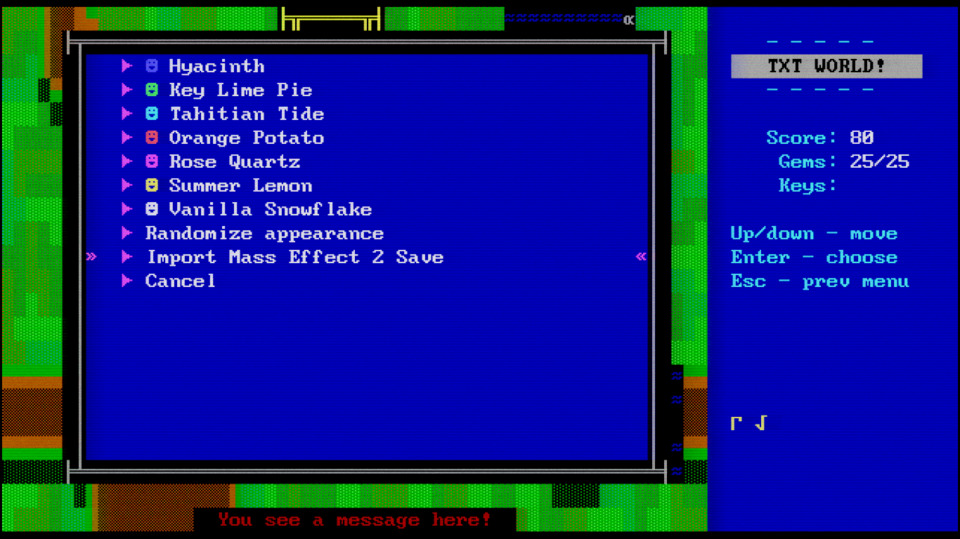
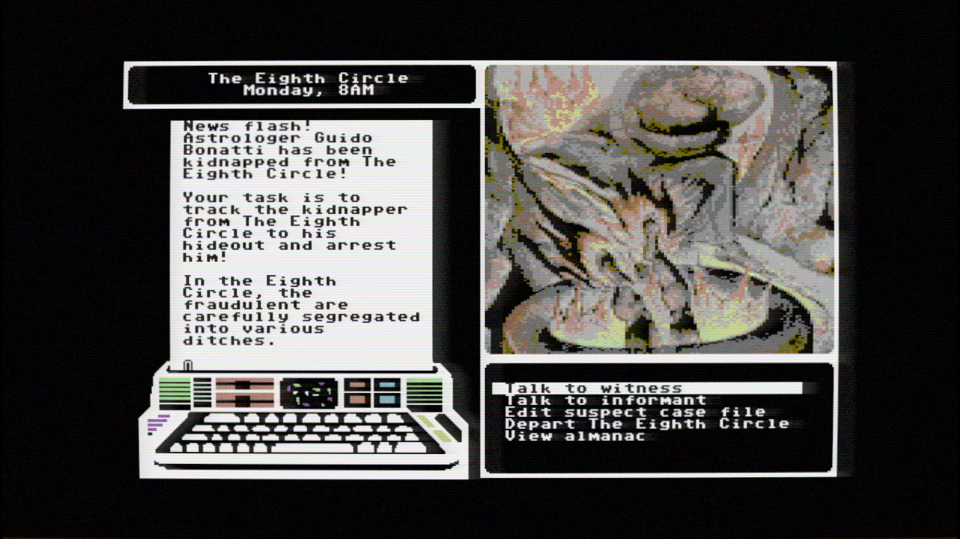
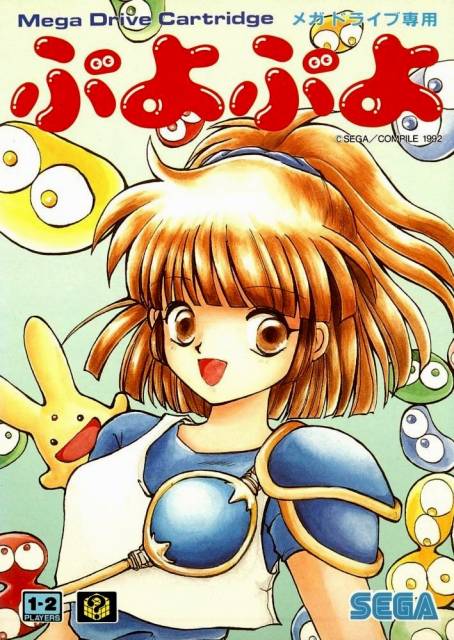
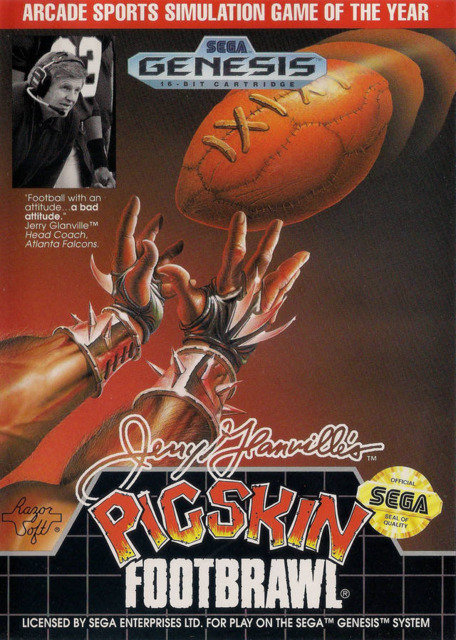
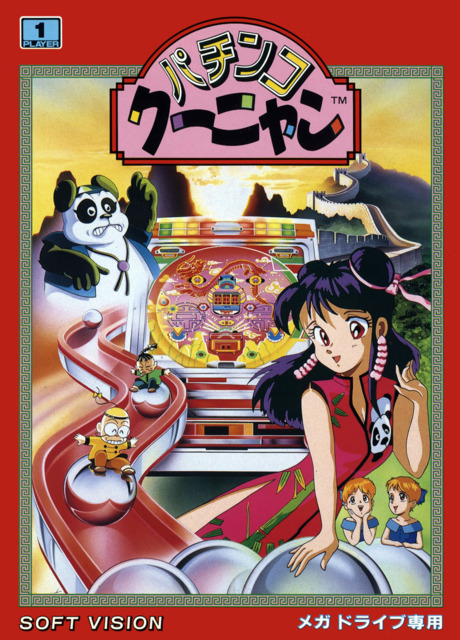
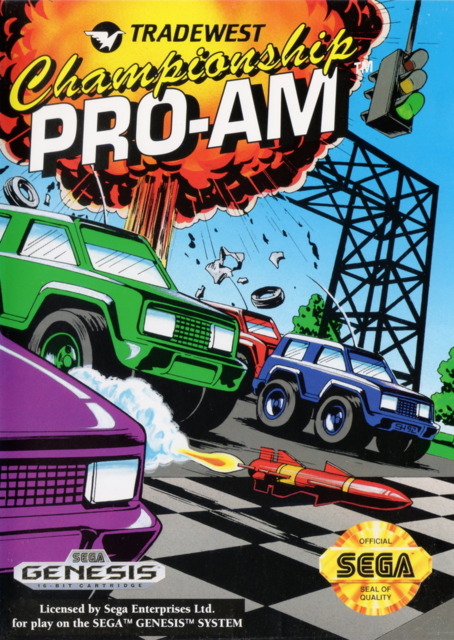
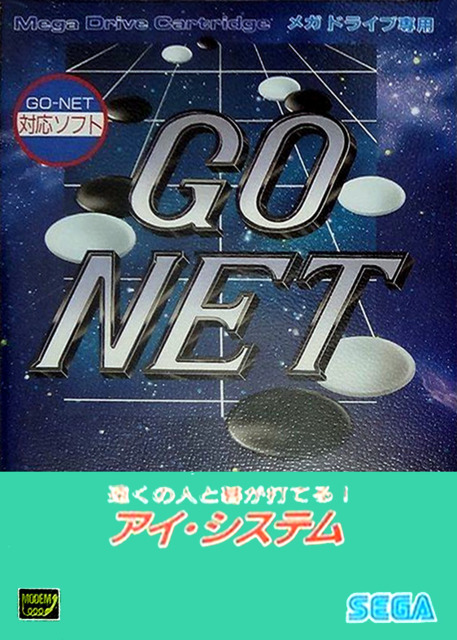
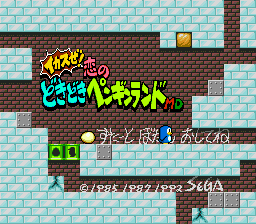


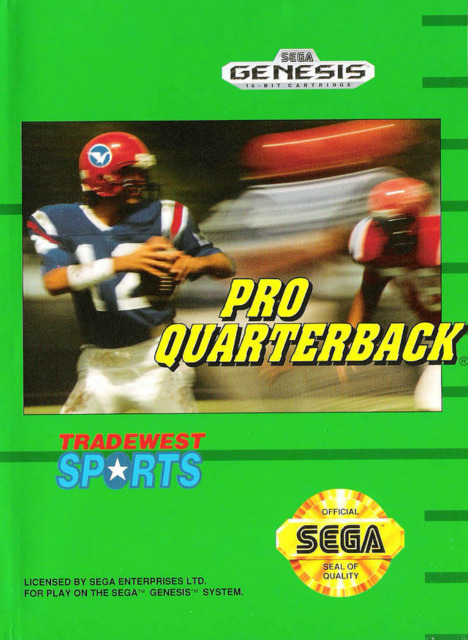
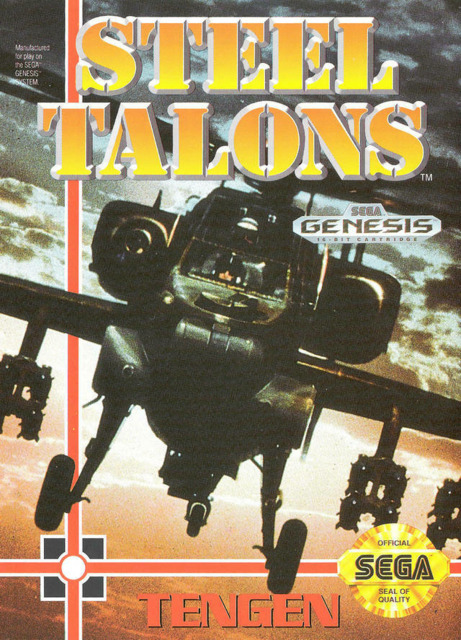
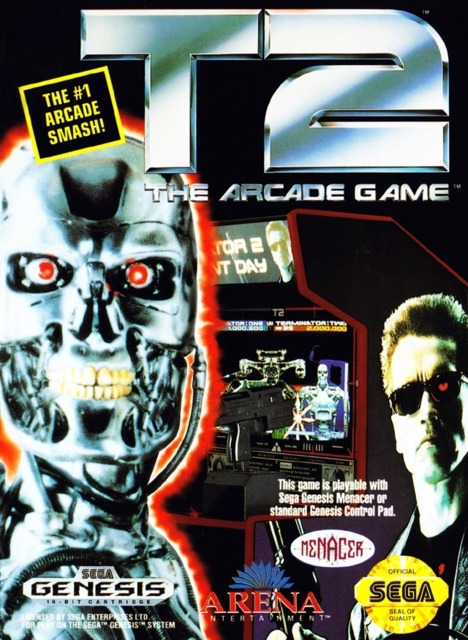
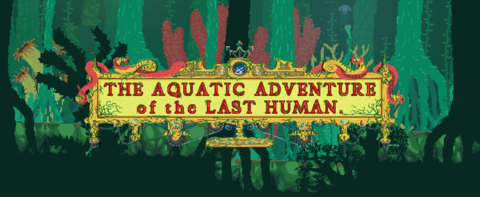
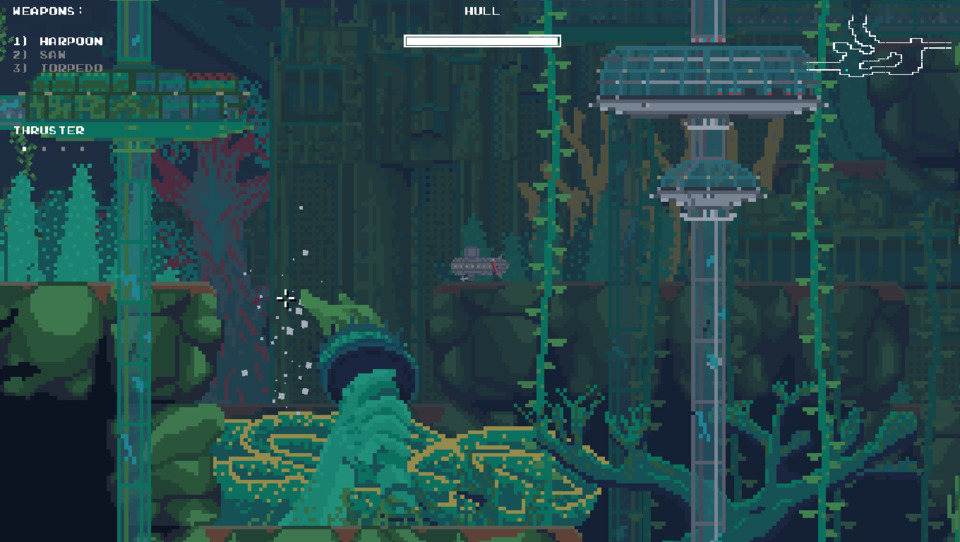
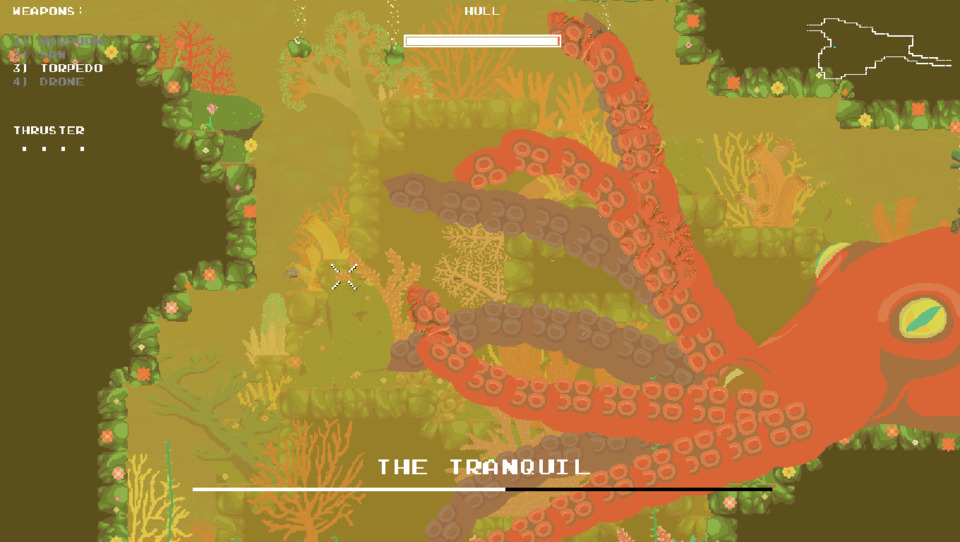
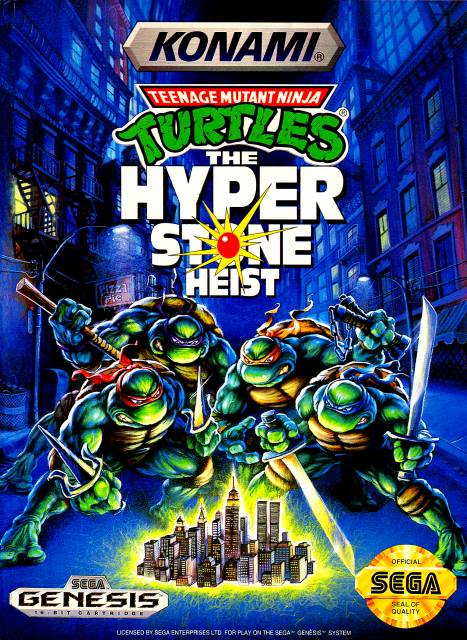
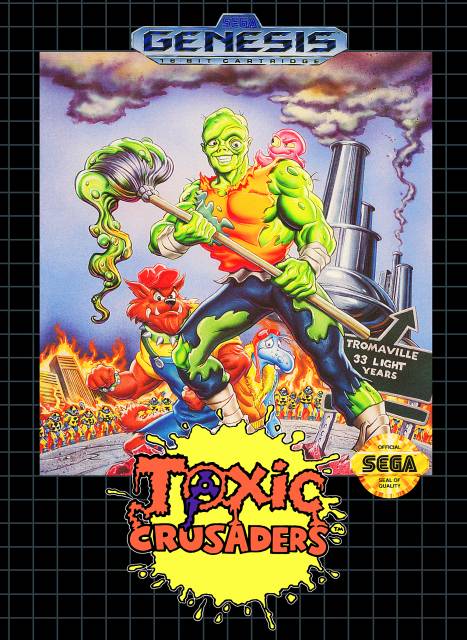
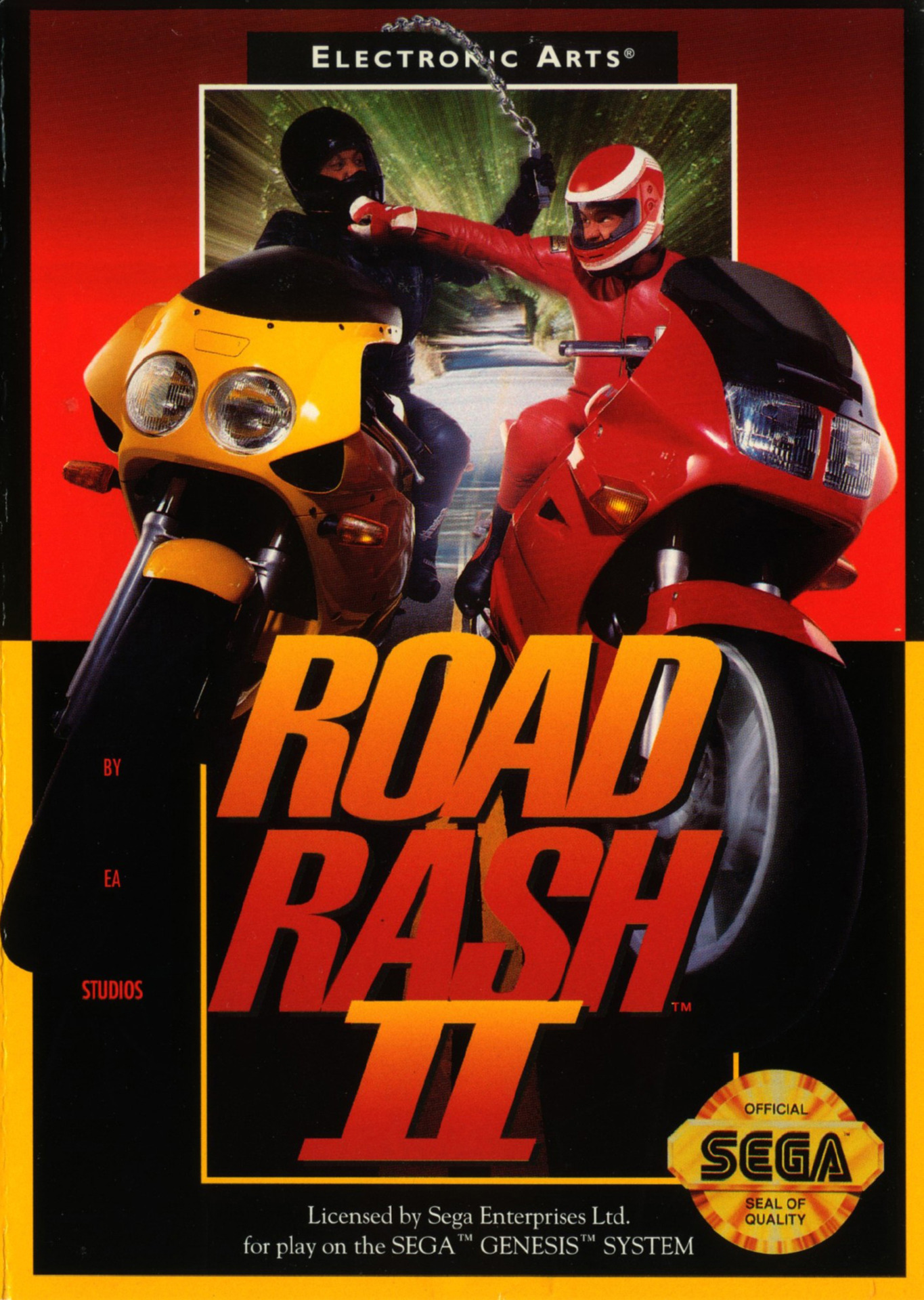


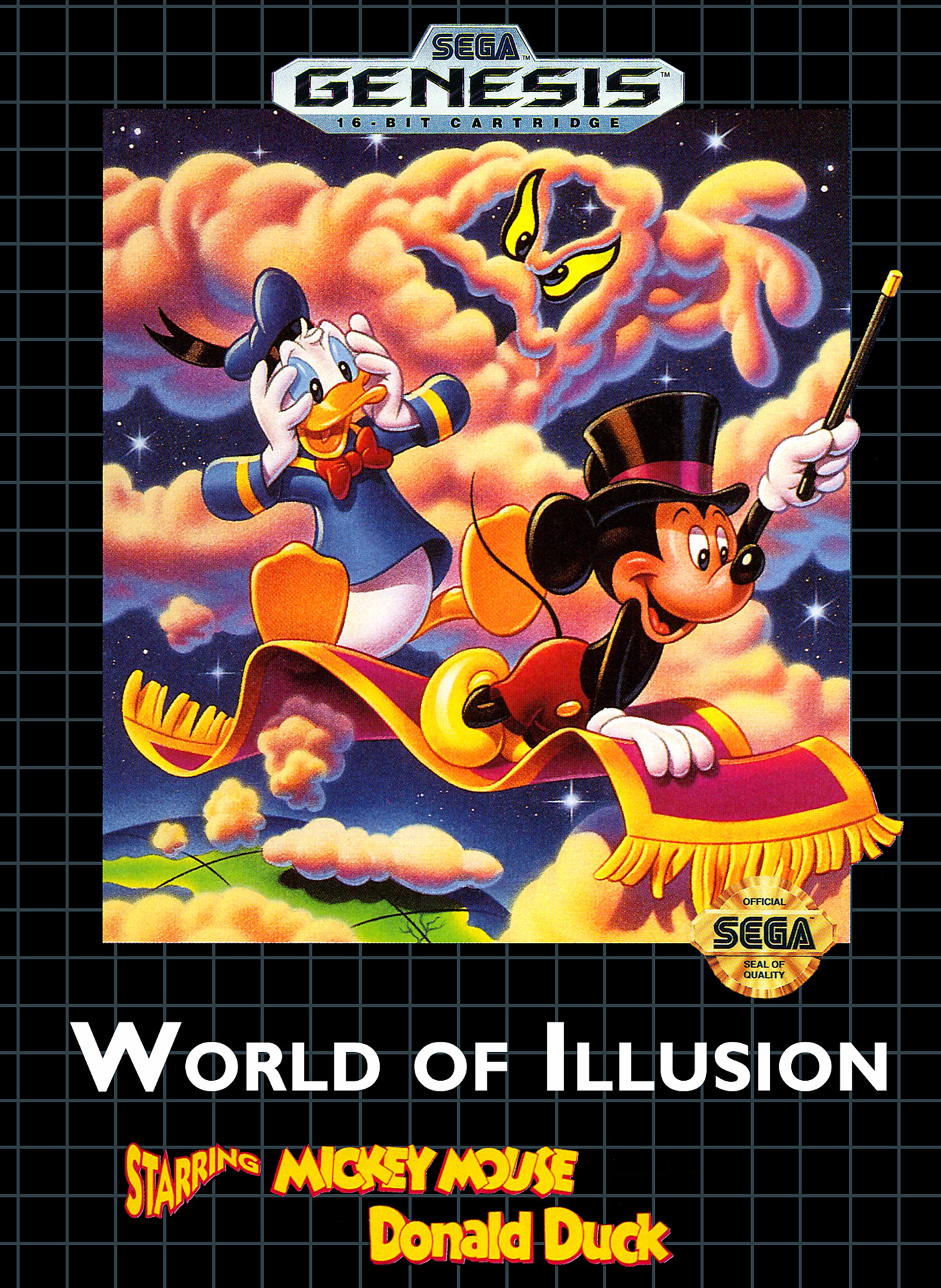

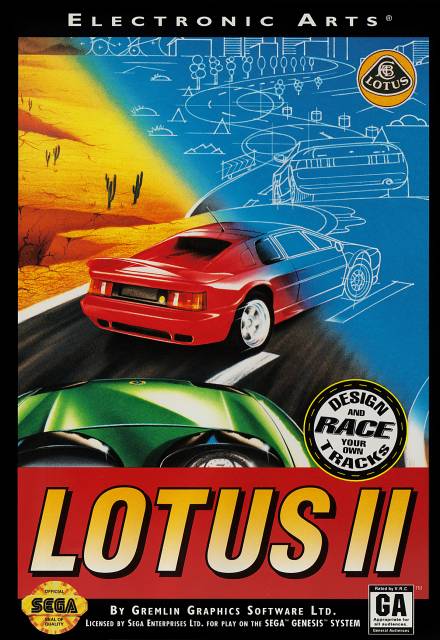

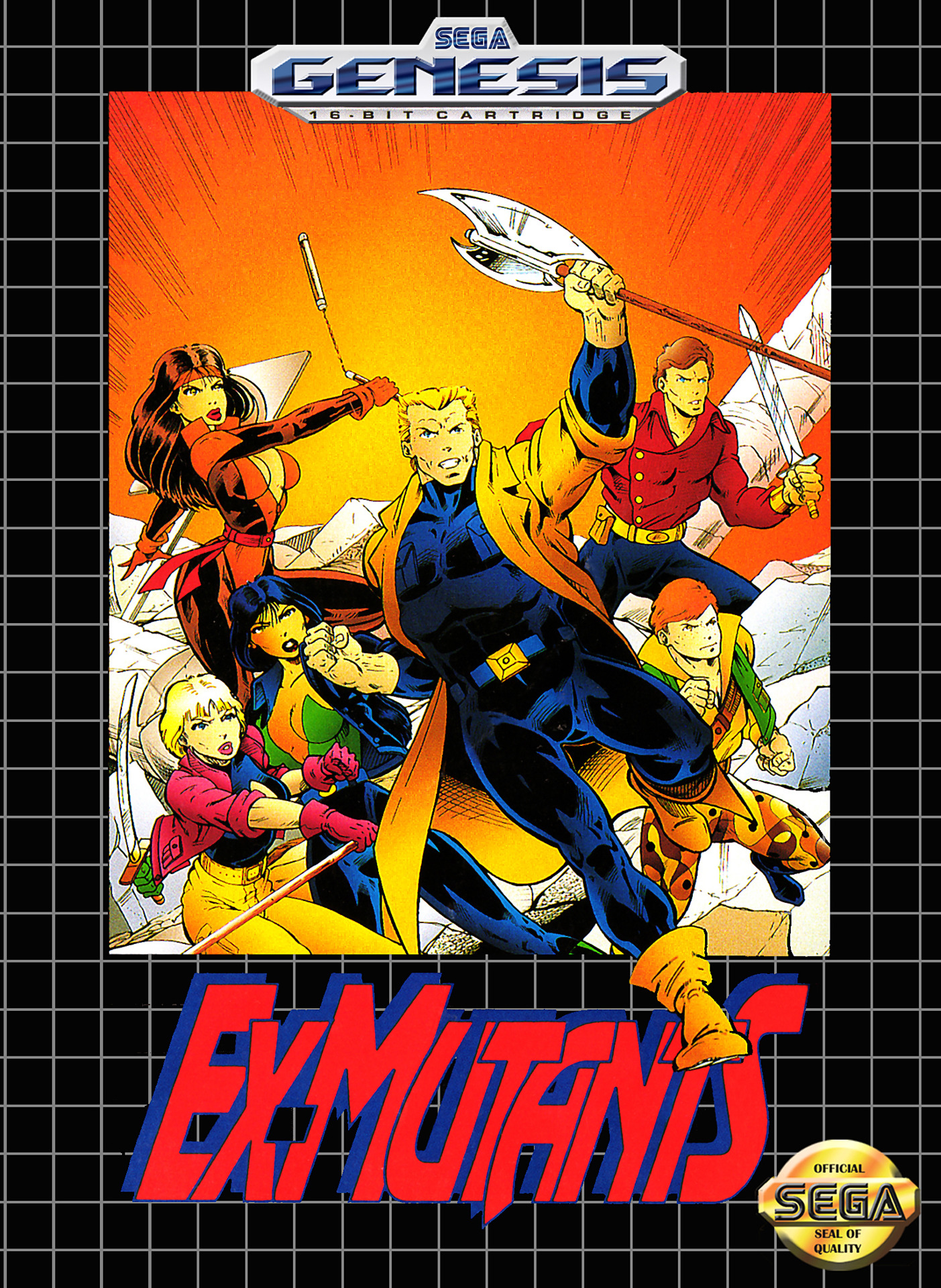
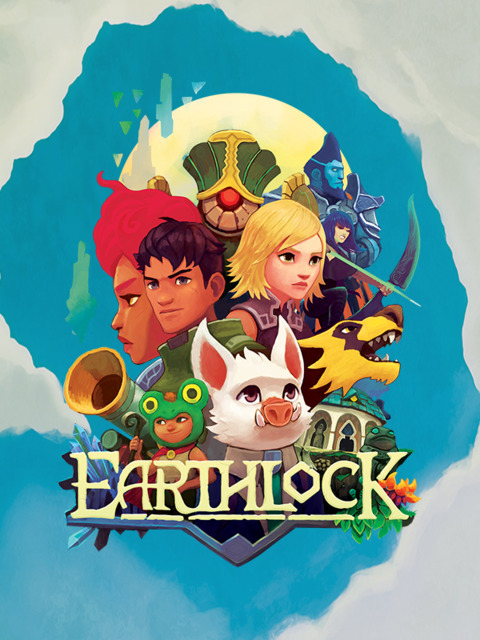
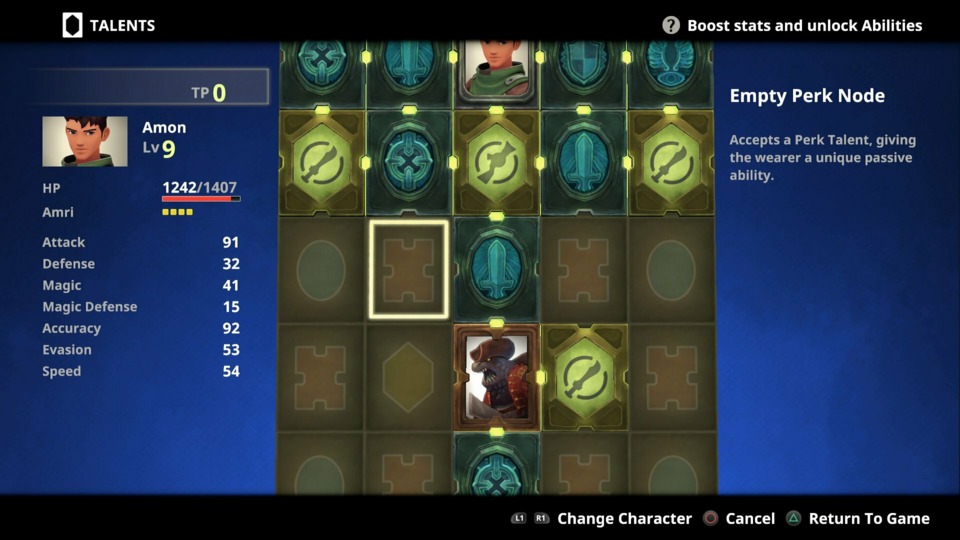
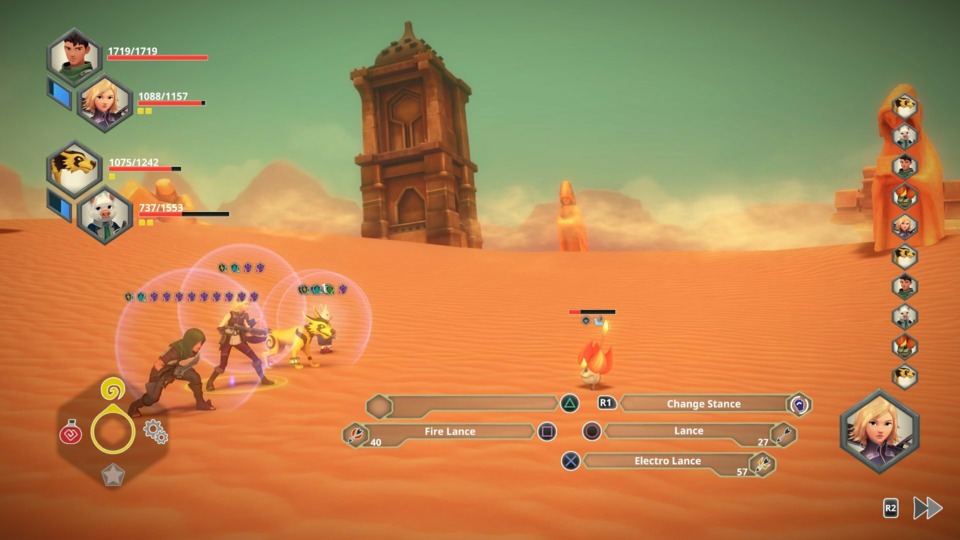
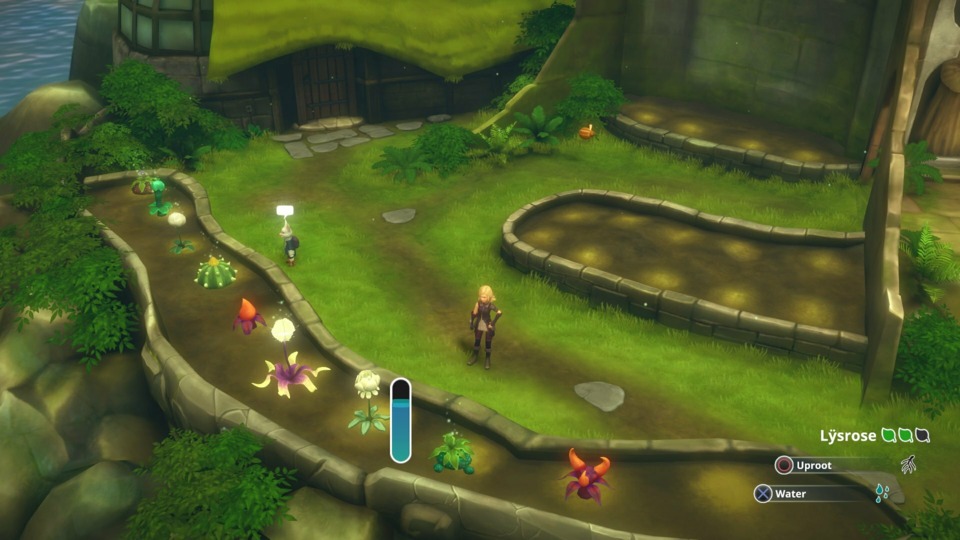
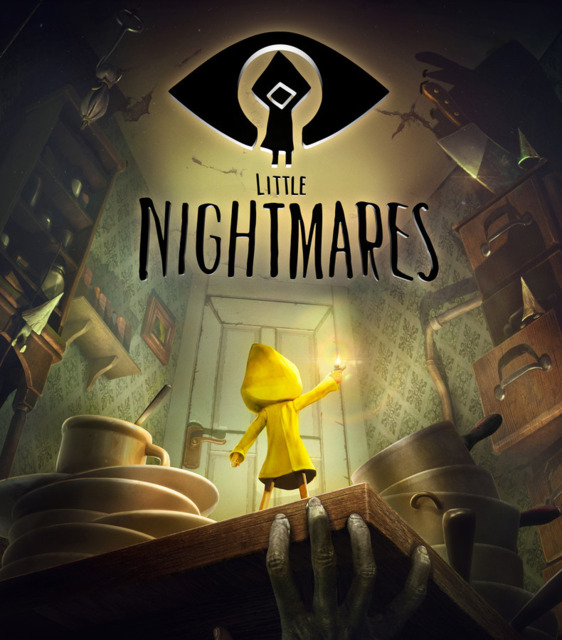

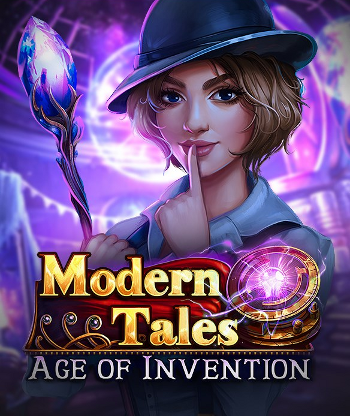
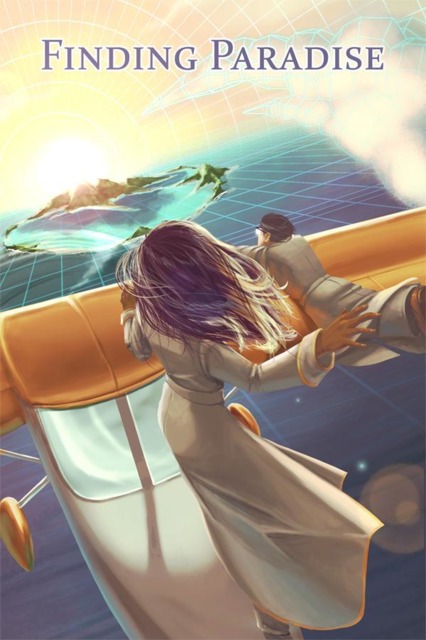
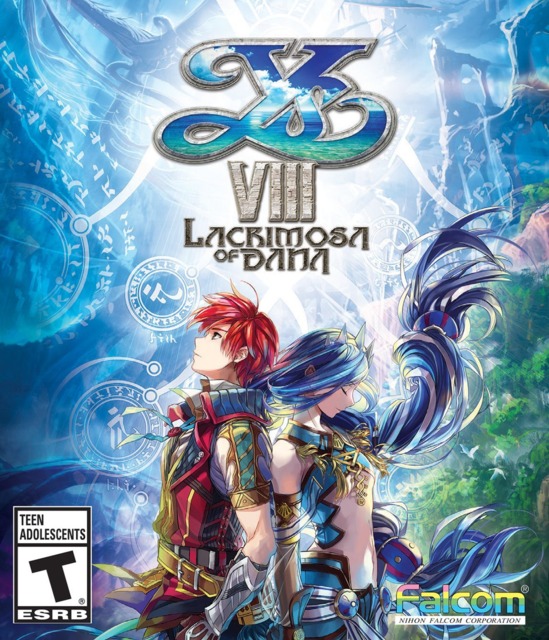

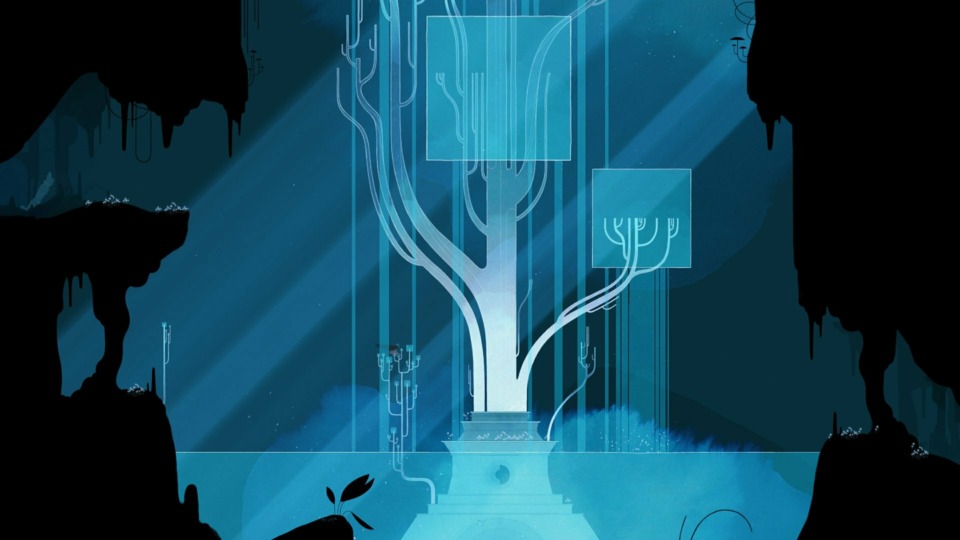
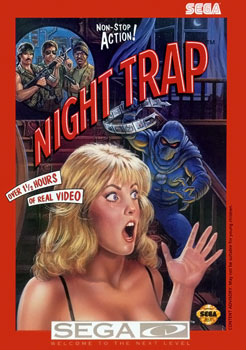
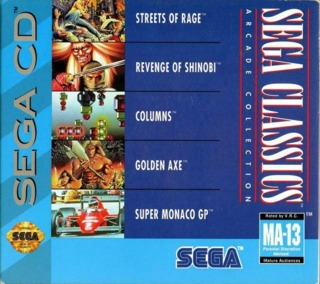
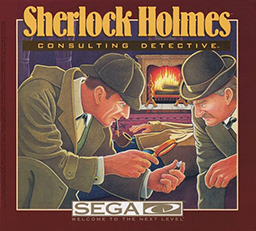
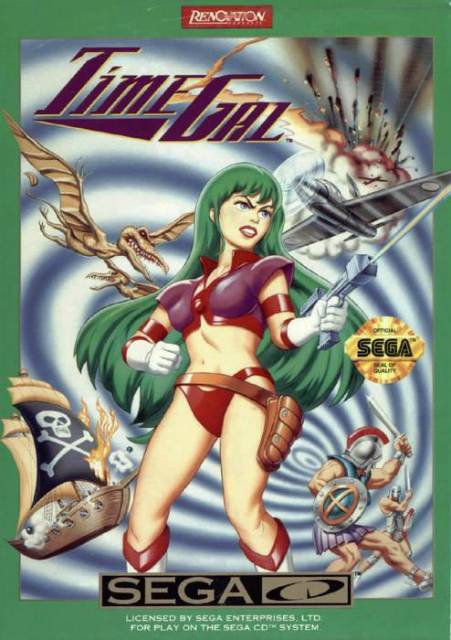
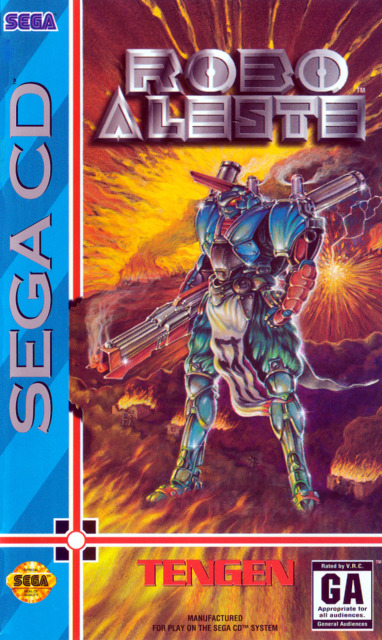
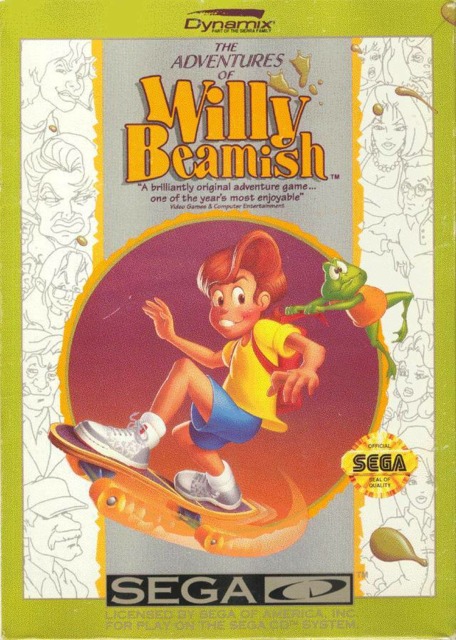
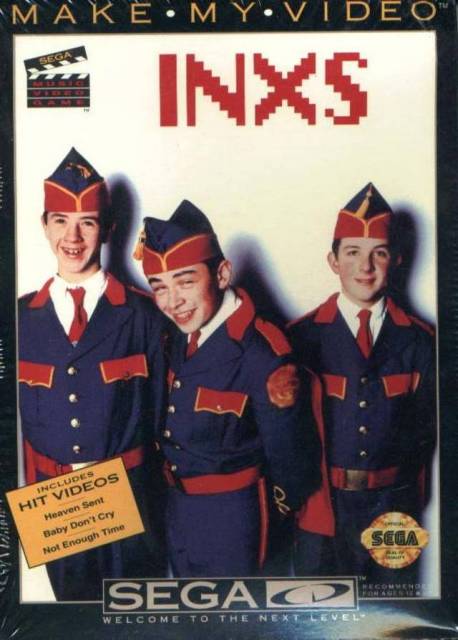
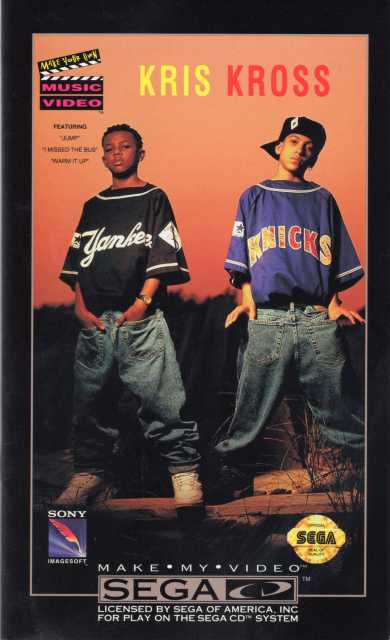

Log in to comment